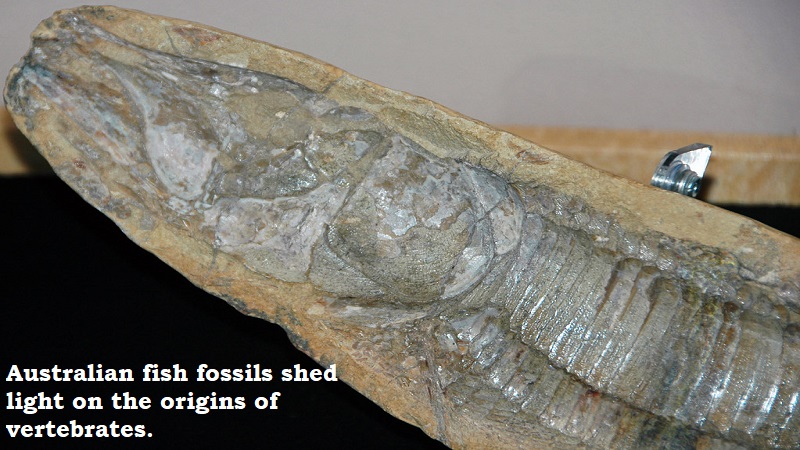
In a discovery that sheds light on the evolution of the bodies of vertebrates, including humans, Australian scientists have discovered exquisitely preserved fossilised hearts and other internal organs of ancient armoured fish.
The heart, which pumps blood through the body’s circulatory system, was described by the researchers on Thursday in placoderm fish that lived on a tropical reef around 380 million years ago, during the Devonian Period. The fossils predated all known fish hearts by 250 million years.
An important period in the evolution of vertebrates, which include fish, amphibians, reptiles, birds, and mammals, was aided by the fossilised liver, stomach, and intestine from these placoderms.
The fossils were discovered at a location known as the Gogo Formation in the Kimberley region of Western Australia, close to the town of Fitzroy Crossing.
They are extraordinary because, unlike hard objects like bones and teeth, soft tissue is rarely preserved as a fossil and even less frequently preserved in a robust three dimensions, like these are, as opposed to being flattened.
‘The site is without a doubt one of the world’s most important fossil sites for understanding the early evolution of backboned animals, including the origins of the human body plan,’ said vertebrate paleontologist Kate Trinajstic of Curtin University and the Western Australian Museum, lead author of the study published in the journal Science.

Post Your Comments